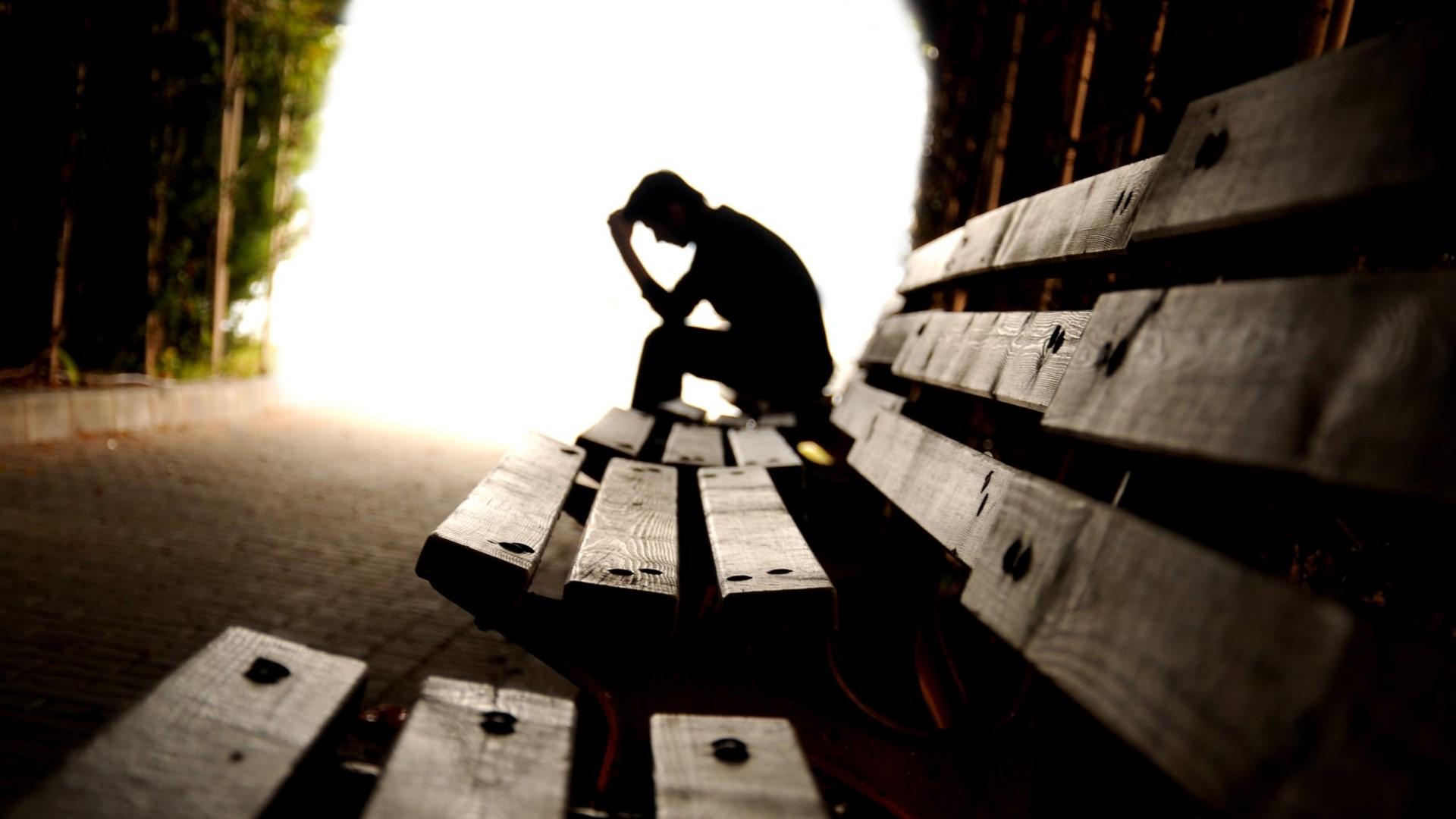There’s a chance that your child, due to vitiligo, has low self-esteem. Moreover, bullying may make him/her think the worst. In most cases, bullying can make your child hate himself/herself, or even push him/her over the edge.
Many children are victimised in school, but they keep it a secret. So, in order to understand if your child is being bullied, you must know the signs. Hence, if you are parenting a child with vitiligo, here is the right way to deal with bullying.
Types of bullying
There are three types of bullying: physical, verbal and relational. Physical bullying includes kicking, pinching or hitting someone and stealing his/her things. Verbal bullying is the use of words in order to intentionally hurt, scare or insult someone. Relational bullying is more complicated than that. In this case, the person who bullies will convince others to reject, hurt or abuse the victim.
Children with vitiligo are often subject to verbal bullying. The comments used more often include comments on their vitiligo pattern, their ancestors and their personality. Since children are not always aware of the complexity of such a chronic, autoimmune disease as vitiligo, they presume that it is infectious and they use verbal abuse very often.
Signs
The first sign you must search for, is to observe whether there is a change in your child’s behaviour. A bullied child, will often not share what is happening to him/her either out of fear of the consequences or further bullying. What we really want to see is whether there is change in their behaviour.
A bullied child will often show signs or symptoms that it is being bullied and it is important that we can recognise those signs. One of the most common signs is reluctance or denial to go to school. Other signs include unusual mood swings, torn clothes, bruises, scratches, loss of personal objects, asking often for money so as to give it to the one who is bullying him/her, and dropping scores.
An extrovert child may become shy and unwilling to go out or take part in social activities. Other signs may be nutritional changes, abrupt change in clothing style, dropped grades and change of friends. You may even observe changes in their sleep or in their appetite.
Approach the subject with caution
When you approach the subject of bullying, be very careful, because your child may be very scared and reluctant to talk about it, it may be embarrassed, angry, sad or even guilty. It is always best to approach the subject cautiously instead of asking our child directly difficult questions. Make sure that your child isn’t stressed when you ask questions that have to do with bullying. For example, if they refuse to eat their breakfast, do not ask them directly why not, but wait for them to calm down and relax.
Do not confront your child, be sensitive to their feelings. Discuss with them, instead of making emotional decisions. Above all, make them understand that it is not their fault that they have vitiligo. Assure them that you are there for them, to help them find a solution and work with them in order for the bullying to stop. It is very likely that your child will feel relieved that you know.
Your approach may also include talks with their teachers at school, their close friends and their siblings. You know your children better than anyone. Therefore, make sure that you communicate with them on a regular basis, so that you will recognise the signs immediately.




